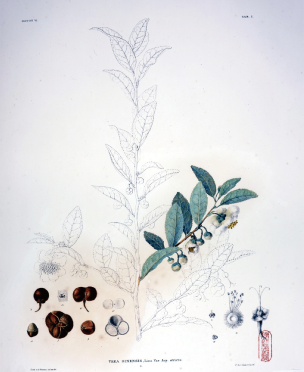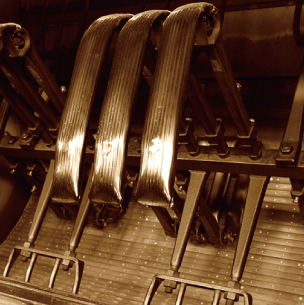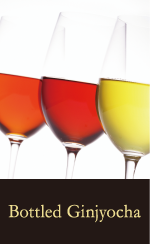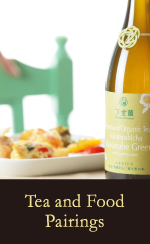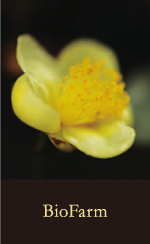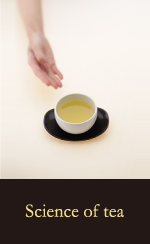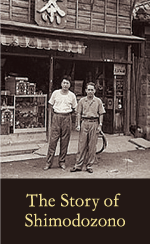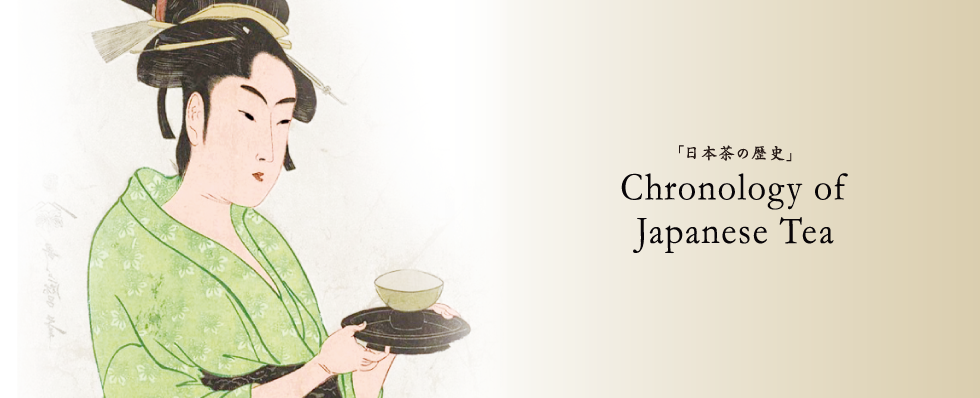
| 748. | Gyoki, a Japanese Buddhist priest, is said to have planted tea trees at Todaiji and other temples in various areas of Japan. | |
| 805. | Records hold that Buddhist monk Saicho brought tea seeds back from Tang Dynasty China and sowed the seeds at Hiyoshi Taisha Temple in Sakamoto, Omi (present-day Shiga Prefecture). Kukai returned from China with tea seeds and a stone mill. | |
| 815. | Eichu, the Buddhist monk, made tea for Emperor Saga according to Nihon Koki (a history of Japan written in 840). Emperor Saga commanded that tea trees be planted in the Kinai areas surrounding Kyoto, Omi and Harima. | |
| 910. | Shincha new tea offered to the spirit of the deceased Kukai, known posthumously as Kobo Daishi, thereby starting the custom of offering tea. | |
| 951. | In a period when disease was rife, Kuya started Obukucha, green tea served at the New Year to ward off illness. | |
| 1191. | Eisai brought seeds back from Song Dynasty China and sowed them at Mt. Seburi in Chikuzen (present-day Saga Prefecture) and other areas. | |
| 1193. | Resident of Suyama Village (in present-day Shizuoka Prefecture) picked wild tea leaves and offered them as a drink to Minamoto no Yoritomo, first shogun of the Kamakura Shogunate, who was hunting around Mt.Fuji. | |
| 1207. | The Buddhist priest Meikei, who later expounded Cha no Jittoku, the ten virtues of tea, sowed seeds gifted to him by Eisai at Kozanji in Togano (in present-day Kyoto), marking the origin of Uji tea. | |
| 1211. | Eisai wrote Kissa Yojoki (How to Stay Healthy by Drinking Tea), the oldest specialized book on tea in Japan. | |
| 1214. | Eisai presented his book Kissa Yojoki to Minamoto no Sanetomo, the third shogun of the Kamakura Shogunate. | |
| 1235-1239 | Zen monk Dogen wrote Eihei Shingi (Eihei Rules of Purity), which is said to contain the foundation for tea ceremony. Saidaiji Temple in Nara started holding its annual Oochamorishiki tea ceremonies for the general public. | |
| 1241. | Seiichi summarized protocols surrounding tea in the Tofukuji Temple regulations, which became the model for tea ceremony. | |
| 1320- | Tea-tasting contests became popular. | |
| 1336. | Takauji Ashikaga, founder and first shogun of the Ashikaga shogunate, issued his Kemmu Shikimoku legal code addressing the behavior of nobles, including controls on the tea-tasting contests. | |
| 1378. | Yoshimitsu Ashikaga, third Ashikaga shogun, urged the establishment of tea plantations in various regions around Japan. | |
| 1403. | A tea merchant appeared in front of Minami Daimon gate of Toji Temple in Kyoto selling tea at the price of one-hundredth of a yen for a taste. | |
| 1450- 1600. |
Emergence of tea ceremony masters. Shuko Murata developed the Wabicha way of tea emphasizing simplicity, grounded in chazenichimi, the idea that Zen and tea ceremony seek the same outcomes. Joo Takeno carried on the chazenichimi style, which was finally formalized as tea ceremony by Sen no Rikyu. Oribe Furuta, a pupil of Sen no Rikyu, later created the daimyo-cha style. | |
| 1580. | Nobunaga Oda installed “tea ceremony governance” and set about collecting famous tea utensils. | |
| 1587. | Hideyoshi Toyotomi hosted a large tea gathering in Kitano, Kyoto, leading to the popularization of tea. | |
| 1610. | Dutch East India Company conducted the first export of Japanese tea from Hirado, Nagasaki. | |
| 1632. | Iemitsu Tokugawa had Uji tea sent to Edo, thereby implementing the Ochatsubodochu system for transporting tea to Edo for use by the Shogunate. | |
| 1661. | Chinese monk Ingen, who brought Obaku Zen sect to Japan, integrated tea culture in to Zen Buddhism. | |
| 1690. | German doctor Kaempfer visited Japan. In a 1727 publication called History of Japan, he wrote extensively about Japanese tea culture. | |
| 1738. | The so-called father of green tea, Soen Nagatani, invented steamed green tea. | |
| 1823-1829. | German doctor Siebold visited Japan. He Published 「NIPPON on various topics including tea trees and seeds, after his return to Germany. | |
| 1835. | Kahei (Tokuo) Yamamoto pioneered Gyokuro premium tea variety. | |
| 1858. | Japan started exporting tea to the United States after conclusion of the Treaty of Amity and Commerce. | |
| 1868. | [Meiji Restoration] Emergence of influential tea merchants. | |
| 1869. | Cultivation of tea plantations, such as Makinohara Plateau in Shizuoka, began. | |
| 1874. | Government started promoting production of black tea. | |
| 1890. | Japanese tea café opened at Paris World Exposition. | |
| 1896. | Kenzo Takabayashi invented machine for dry rolling and many other machines used in tea production. | |
| 1906. | The Book of Tea by Tenshin Okakura published in Japanese, English, German and French. | |
| 1916. | First ever Japanese national tea products competitive exhibition held. | |
| 1945. | [End of World War Ⅱ] | |
| 1947- | Increased volumes of tea exports to America. | |
| 1960. | Liberalization of green tea imports began. | |
| 1975. | Tea industry at its peak with production of aracha, or crude tea, at its highest levels post-World War Ⅱ. | |
| 1982. | Canned green tea sold for first time. | |
| 1990. | Green tea sold in plastic bottles for first time. | |
